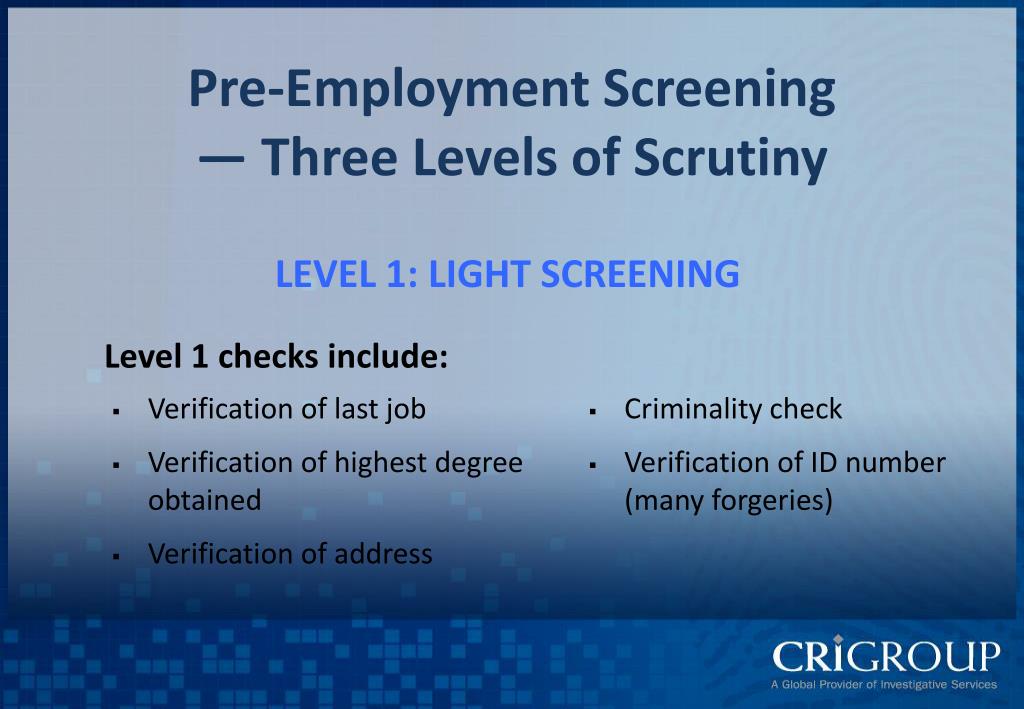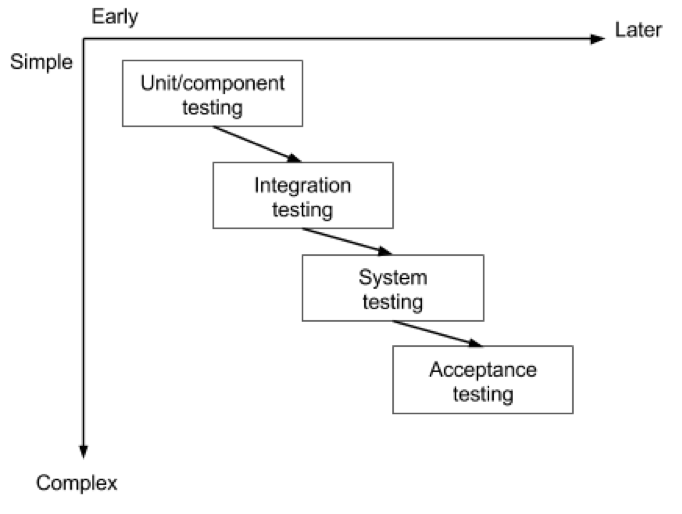

Tesla did not respond to a request for comment on the agency’s move.Īlso Read: Inside Tesla as Elon Musk pushed an unflinching vision for self-driving cars
#Level of scrutiny full#
The agency will look at Autopilot and its various component systems that handle steering, braking and other driving tasks, and a more advanced system that Tesla calls Full Self-Driving. They include all four Tesla cars - the Models S, X, 3 and Y - in model years from 2014 to 2021. The wider investigation covers 830,000 vehicles sold in the United States. But it said Thursday that it had not determined whether Autopilot has defects that can cause cars to crash while it is engaged. NHTSA has said it is aware of 35 crashes that occurred while Autopilot was activated, including nine that resulted in the deaths of 14 people. “We’ve been asking for closer scrutiny of Autopilot for some time,” said Jonathan Adkins, executive director of the Governors Highway Safety Association, which coordinates state efforts to promote safe driving. Rigorous rational basis scrutiny therefore reinforces democratic political processes by ensuring that minority group members are taken into account as members both of their group and of the polity, without depriving majorities of the right to govern the polity as a whole.Tesla's autopilot technology faces fresh scrutiny Instead, it gives group members a seat at the political table, which forces majorities to take groups and their members into account when making decisions and providing reasons for those decisions. Unlike strict scrutiny, it does not effectively forbid majorities from regulating groups. Indeed, rigorous rational basis scrutiny may be a more effective tool than intermediate or strict scrutiny for protecting group interests in the long term.

Drawing on behavioral economics and psychology, it also explains why rigorous rational basis scrutiny is the right tool for protecting such groups from majority overreaching. This article explains the conditions necessary and sufficient to distinguish groups. That courts apply it to protect groups raises the question of what makes a group a group, not merely a collection of people who share a common interest or characteristic. This article traces the history of rigorous rational basis scrutiny and shows that courts use it to protect groups from majority overreaching but do not want to invoke intermediate or strict scrutiny. The issue of same-sex marriage is one of the most important civil rights issues today, and these cases should be decided by principle, not by a judge’s personal preferences. Which level of scrutiny the Court applies to the laws challenged in these lawsuits will likely determine whether same sex marriage will be legal in California and whether the federal Defense of Marriage Act’s definition of marriage is constitutional. This term, the Supreme Court will be hearing argument on-and presumably deciding-two same-sex marriage cases. Rigorous rational basis scrutiny is an important part of the constitutional toolkit, and courts have increasingly applied it to a wide variety of circumstances-including same-sex marriage, adoption by gay men and lesbians, and intimate sexual relations. No one, however, has explained just why and when courts will or ought to apply it. Many scholars and courts have described how courts apply it and have defended particular cases in which it has been used. When invoked, this more rigorous form of rational basis scrutiny has proven fatal to statutes and regulations. In many different cases, the Supreme Court and lower courts have used a rigorous form of rational basis scrutiny very different from the ordinary, deferential rational basis scrutiny taught in constitutional law courses.


 0 kommentar(er)
0 kommentar(er)
